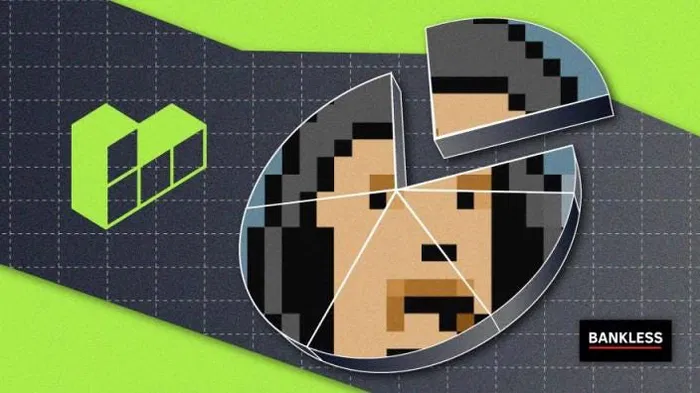
Subscribe to Bankless or sign in
Dear Bankless Nation,
Someone told me the bear case for Non-Fungible Tokens (NFTs) is that they’re illiquid.
Subscribe for free to continue reading
- Support the Bankless Movement
- Access to thousands of articles
- Complete archive of Bankless episodes
- Embark on free quests in Airdrop Hunter
- Daily alpha in your inbox
Already subscribed? Sign in




